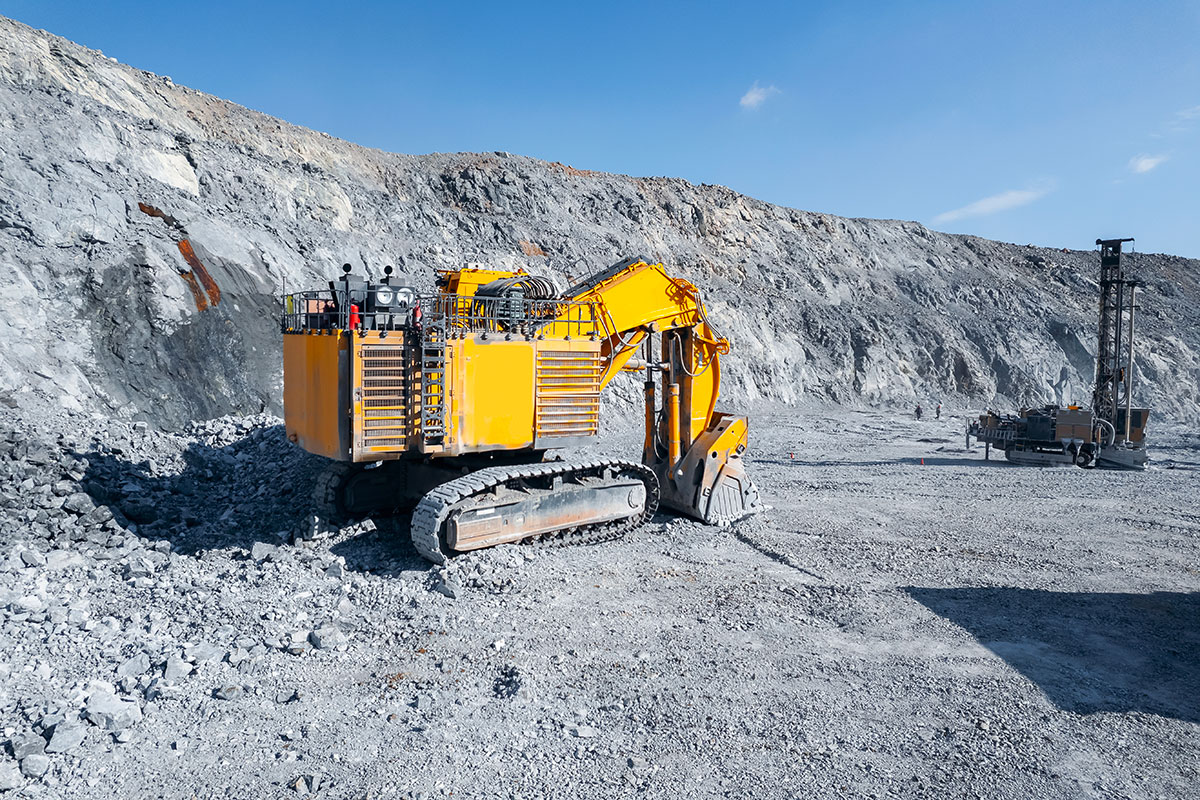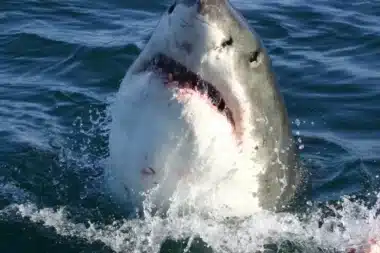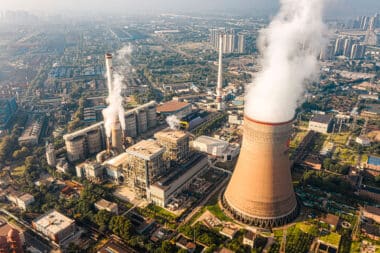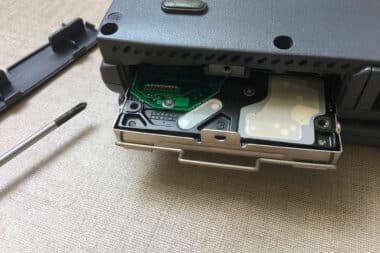A groundbreaking geological find in Western Australia has revealed an astonishing 55 billion tons of iron ore, estimated at almost $6 trillion. This enormous discovery not only helps secure Australia’s top spot as a leading iron exporter but also shakes up long-held theories about our planet’s ancient workings (think of it as rewriting a chapter in Earth’s history).
Economic and scientific significance
This discovery pretty much cements Australia’s role as the number one iron exporter on the planet, and it’s set to send ripples through global trade. As production ramps up, there’s a chance that iron prices worldwide could dip, making this resource more affordable (which might completely change how big players like China, a heavy importer of Australian iron, do business). Closer to home in Western Australia, local economies are gearing up for growth with plenty of new job openings on the horizon. The ore itself is top-notch—boasting an iron content of over 60%—which makes it even more attractive on the market. Dr. Liam Courtney-Davis, an expert in economic geology, summed it up by saying, “This discovery represents far more than a mere commercial opportunity; it constitutes a major upheaval for the entire global mining sector.”
How a Cardiac Medication Could Transform Cancer Therapy: The Digoxin Breakthrough
Technological breakthroughs
Finding this massive deposit was made possible with state-of-the-art methods like isotopic dating and advanced chemical analysis. While initial estimates pegged the iron concentration around 30%, it turned out to be an impressive 60%+ (talk about a pleasant surprise!). Advances in mining tech now let experts pinpoint potential deposits more precisely, which means ore processing is getting a lot more efficient. These tech gains aren’t just about cutting costs—they also open the door to extracting resources that were once thought to be out of reach or too expensive to tap into, setting the stage for long-term, more sustainable mining operations.
Geological insights
This find really changes how we look at Earth’s deep past. With the deposit now dated at 1.4 billion years (instead of the old estimate of 2.2 billion years), scientists have to rethink the cycles of ancient supercontinents and the way minerals formed (imagine retooling your whole understanding of how our planet built its foundations). Professor Martin Danisík, a respected geochronologist, put it this way: “This new dating forces us to rethink our understanding of the mechanisms of iron deposit formation on a planetary scale.” And it’s not just an Australian story—geologists around the globe might now start hunting for similar deposits in regions with comparable geology.
The people behind the find
At the heart of this discovery are key figures like Dr. Liam Courtney-Davis and Professor Martin Danisík. Their deep expertise in economic geology and geochronology has been vital when it comes to piecing together all the data and understanding what it all means. Dr. Courtney-Davis sheds light on how this find could seriously change industries and economies, while Professor Danisík’s work on fine-tuning geological timelines offers fresh perspectives on Earth’s early days.
This amazing discovery in Western Australia not only redefines Australia’s place in global trade but also invites us to rethink how we view the story of our planet. As markets adjust and scientific theories get a makeover, this event is a reminder of the untapped treasures buried beneath our feet. Whether you’re involved in the industry or just love to learn more about Earth’s mysteries, this find gives you plenty to chew on about what the future might hold.








